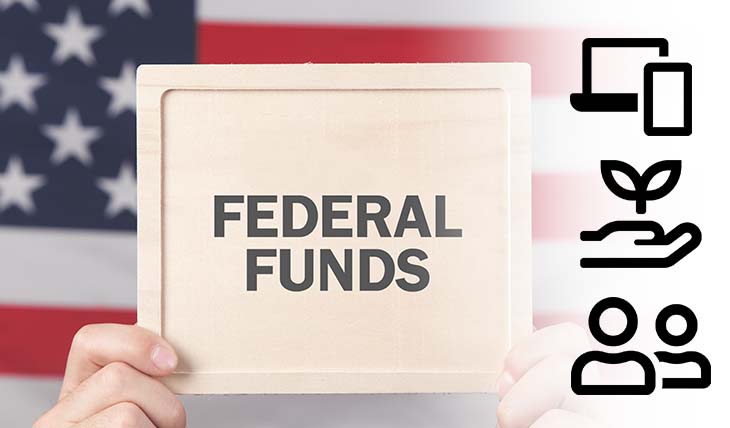More Funding for Transit to Invest in Technology, the Environment, and People

When President Biden signed the American Rescue Plan Act of 2021 (ARP), back in March, the transit industry could finally breathe a $30+ billion sigh of relief. While this federal funding has provided enormous support for the nation’s public transportation systems as they continue to respond to the COVID-19 pandemic, it's still not quite enough.
As we move towards a third year of pandemic-related challenges, the transit industry is fortunate to have access to some new funding for public transportation infrastructure, and pandemic-associated needs.
Show me the money (again) ARP
On September 9, 2021, the Federal Transit Administration (FTA), announced the opportunity for transit agencies to apply for discretionary grants under ARP's Additional Assistance Funding plan. The $2.2 billion ARP competitive grant funding will be awarded to public transit systems who can demonstrate that they have pandemic-associated requirements that they cannot fund entirely on their own.
With a host of new restrictions as the result of the pandemic, transit agencies need to be able to cover their operating expenses, including thorough cleaning and sanitization, maintaining critical staffing levels, and combating the spread of pathogens on their transit systems. The Additional Assistance Funding will help those who need the financial support most.
Infrastructure Bill funding for tech investing
A $1.2 trillion Infrastructure Bill recently passed by the US Senate, provides additional relief for underfunded transit agencies. This massive round of federal funding is intended to expedite necessary upgrades and investments into improving public transportation systems, and the infrastructure supporting them. As transit agencies prepare for the funding, and how best to allocate their new resources, they're receiving valuable feedback from those who matter most: their riders.
Through customer satisfaction surveys and in speaking directly with riders, US agencies have learned that riders are eager to get back on public transit, with an average of 72 percent saying they plan to use public transportation services as frequently as they did before the pandemic. However, reliability, social distancing and cleanliness now top the list of rider concerns. With the new funding, agencies can consistently meet new stricter cleaning demands. They're also able to invest in technology to improve on-time transit performance, enhance rider experience with news and entertainment technology, and offer on-demand microtransit to encourage usage by those who live or work outside of public transportation service areas.
Reconciliation Bill funding helps bridge the inequity gap
New legislation was recently passed by the House Transportation and Infrastructure Committee, that determines how lawmakers will spend transportation dollars – including billions aimed at expanding the mobility of low-income communities without access to cars.
The bill includes new, highly targeted programs for green mobility, to help the federal government make progress on climate change policy. Ben Crowther, program manager for Congress for the New Urbanism, praises the bill, stating that it “…supports our efforts to be better for the environment and maintain our commitment to equity in new ways.”
Investing in transit infrastructure
Until recently, there was a consensus that the United States was falling behind its global competitors on the condition of public transportation infrastructure. However new policies, and subsequent funding, as outlined above, are now generating economic growth and enhancing productivity. And all these new transit funding opportunities are working wonders for improving mobility, increasing access to economic opportunity, and promoting private development in cities, counties, and towns across the country.

